Facelift Surgery: Get the Scoop on What It Is, Whom It’s For, and How It’s Performed


Facelift surgery are one of the most popular cosmetic procedures in the United States. They can be performed on both men and women, and can help to restore a youthful appearance. A facelift is a surgical procedure that removes excess skin and fat from around the face, giving it a smoother look. It’s typically done as an outpatient procedure, and takes about two hours to complete.
What is a facelift?
A facelift, medically termed rhytidectomy, is a surgical procedure to improve the appearance of the face and neck. It can reduce or eliminate wrinkles, sagging skin, and excess fatty deposits below the chin. The surgery is performed under general anesthesia and usually takes two to four hours. Recovery typically requires one week of rest followed by several weeks of gradual resumption of normal activities. Some patients may experience minor swelling and bruising that can be managed with over-the-counter medications. Results from a facelift are long lasting but not permanent; they typically last for about ten years.
History of facelift
The facelift was first developed in France in the early 1900s. However, it wasn’t until the 1960s that it became popular in the United States. Since then, its popularity has continued to grow, with more than 220,000 procedures performed each year.
There are a variety of different techniques that can be used during a facelift surgery, including:
- Standard facelift surgery: This type of surgery involves making an incision in the hairline and then pulling the skin and muscle tissue tight before securing it in place with stitches.
- Facelift with Botox: In this procedure, Botox is injected into the muscle to help relax them and improve the overall appearance of the face.
- Facelift for men: This type of surgery is specifically designed for men and uses shorter incisions that are hidden in the beard or hairline.
- Laser facelift: This technique uses lasers to heat up the skin which causes it to tighten.
- Mini facelift: This procedure is similar to a standard facelift but uses smaller incisions and is less invasive.
Who is a good candidate for a facelift?
A facelift, or rhytidectomy, is a surgical procedure to improve the appearance of the face and neck. A facelift can correct age-related changes in the skin and muscles of the face and neck, such as wrinkles, sagging skin, and jowls. A facelift can also improve the appearance of laxity in the lower eyelids and improve the contour of the jawline.
The best candidates for a facelift are people who are physically healthy and have realistic expectations about what a facelift can achieve. People who smoke or have chronic medical conditions such as diabetes or heart disease are not good candidates for a facelift.
People considering a facelift should be prepared for a lengthy recovery period. Most people take at least two weeks to recover fully from a facelift surgery.
What are the risks and benefits of a facelift?
The risks of a facelift include bleeding, infection, scarring, nerve damage, and anesthesia complications. There is also a risk that the surgery may not achieve the desired results.
The benefits of a facelift include a more youthful appearance, improved self-confidence, and an overall better quality of life. The surgery can also make you look younger for your age.
How is a facelift performed?
Most people think of facelifts as a way to turn back the clock, and make someone look years younger. While this is one of the goals of the surgery, it’s not the only one. A facelift can also improve the appearance of a person’s neckline and jawline. It can even help to correct some issues caused by aging or sun exposure.
A facelift is a type of plastic surgery that is used to improve the appearance of a person’s face and neck. The surgery can be performed on men or women, and is usually done under general anesthesia.
During a facelift, the surgeon will make small incisions in the hairline and around the ears. He or she will then lift and remove excess skin from the face and neck.
Recovery time after a facelift
Most people are anxious to know how long they will need to take off work after a facelift. The good news is that most people feel pretty good by the end of the first week and are back to their normal routines within two weeks. However, everyone heals differently and your surgeon will be able to give you a better estimate of how long you should take off work.
Strenuous activities should be avoided for at least four weeks following surgery, as should sun exposure. You will also need to avoid smoking, which can delay healing.
You may experience some swelling and bruising after your surgery, but this will typically subside within two weeks. It is important to follow your surgeon’s instructions for wound care and post-operative medications to ensure a quick and healthy recovery.
Facelift Surgery Before and After

A facelift can be a great option for those who are looking to improve their appearance and reverse the signs of aging. It is a surgical procedure that is performed by a qualified plastic surgeon, and it can provide a number of benefits, including a more youthful appearance and improved self-confidence. If you are considering a facelift, be sure to consult with us to learn more about the procedure and whether it is right for you.









